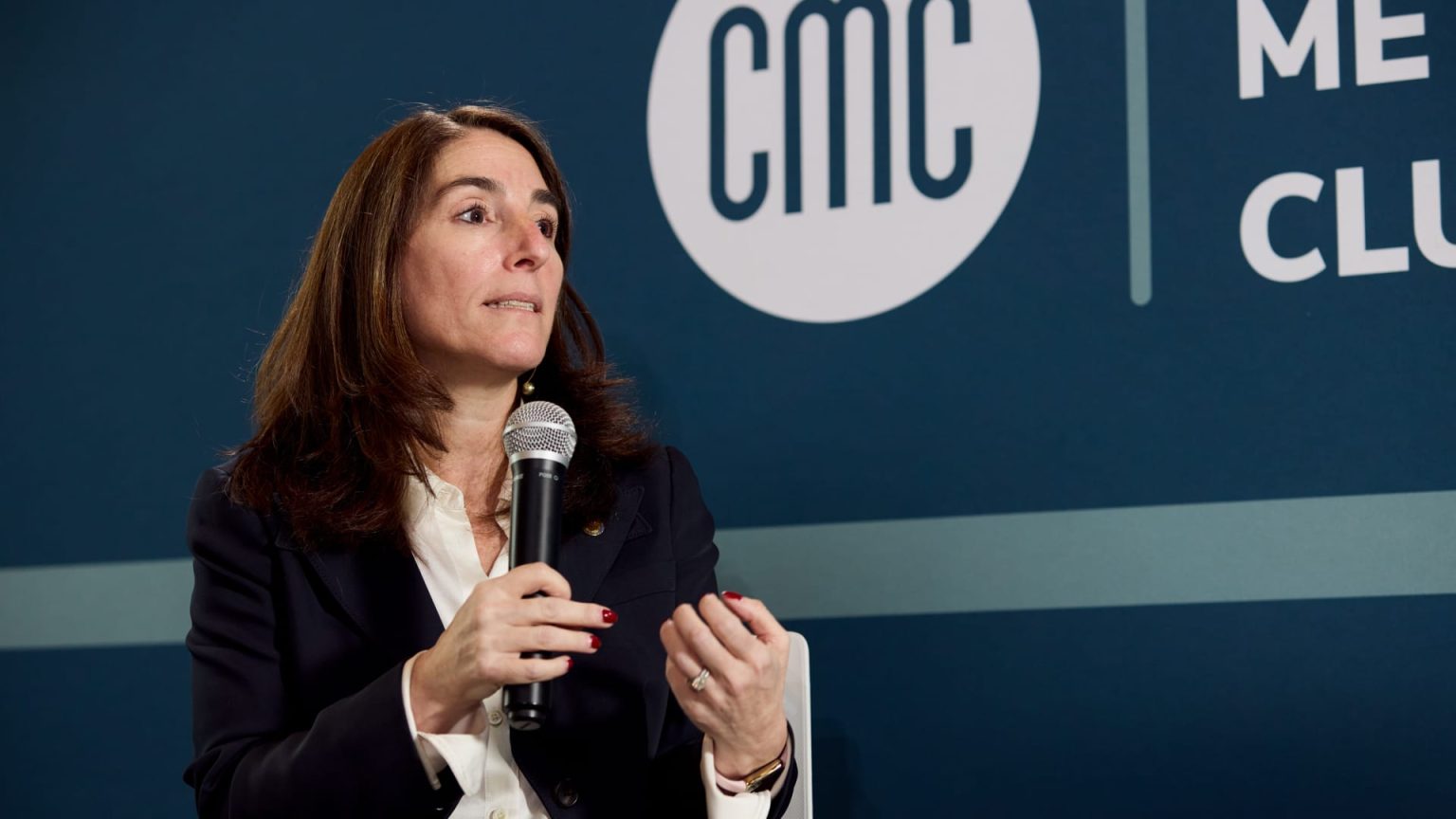Cleveland Federal Reserve President Beth Hammack emphasized the importance of patience in monetary policy during her recent broadcast interview. In light of current economic uncertainties, Hammack refrained from committing to immediate interest rate changes, urging policymakers to prioritize accuracy over haste. Her comments highlight the challenges posed by ongoing tariffs and their effects on inflation and employment, a sentiment echoed by several central bank officials.
| Article Subheadings |
|---|
| 1) Context of Hammack’s Appointment and Responsibilities |
| 2) The Impact of Tariffs on the Economy |
| 3) Fed’s Dual Mandate: Inflation vs. Employment |
| 4) Market Reactions and Predictions |
| 5) Conclusion and Future Outlook |
Context of Hammack’s Appointment and Responsibilities
In August 2024, Beth Hammack assumed her role as president of the Cleveland Federal Reserve, marking a significant moment in her career. Hammack, previously a senior executive at Goldman Sachs, brought a wealth of experience in finance to her new position. As the head of the Cleveland Fed, she is responsible for assessing regional economic conditions, which significantly influences national monetary policy. Her stint has begun amidst heightened economic uncertainty, especially concerning inflation driven by tariffs imposed during the previous administration. Hammack’s insightful leadership is pivotal in navigating the complex landscape that defines her tenure.
The Impact of Tariffs on the Economy
The effects of tariffs on the American economy have been a growing concern. They have significant implications for inflation and employment, two fundamental areas monitored by the Federal Reserve. During her interview, Hammack articulated the challenges posed by these tariffs, which were introduced as part of a broader trade policy. The uncertainty regarding the long-term economic effects of these tariffs prompts the Fed to tread carefully, especially in terms of interest rate adjustments. Many businesses are cautious about engaging in major investments due to fluctuating economic conditions. Hammack highlighted that the most pressing issues arise in how tariff policies threaten to disrupt the equilibrium of inflation and employment rates.
Fed’s Dual Mandate: Inflation vs. Employment
Hammack stated a vital concern related to the Federal Reserve’s dual mandate, which involves maintaining price stability and reaching maximum employment. The inherent conflict between these two objectives becomes particularly evident when tariffs drive up inflation while potentially impacting hiring rates adversely. She underscored, “It could be that we have the two sides of our mandate and conflict, which is the most challenging for monetary policy.” When inflation escalates yet unemployment remains problematic, the Fed must make exceedingly complex decisions that could have broad implications for the economy.
Market Reactions and Predictions
As the Federal Reserve approaches its upcoming meeting scheduled for May 6-7, markets are bracing themselves for the latest updates regarding interest rates. Current indicators suggest a strong expectation that the Fed will maintain its existing rates, which has been reflected in data from the CME Group. Traders are particularly keen on analyzing potential rate cuts, with expectations of one, two, or even three reductions by the end of the year. Hammack acknowledged the heavy market volatility resulting from speculations about both tariff policies and the Fed’s consequent actions. This uncertainty has influenced various sectors significantly, leading to fluctuations in stock prices and concerns regarding the stability of the U.S. dollar.
Conclusion and Future Outlook
In her remarks, Hammack reiterated the importance of focusing on the broader economy over short-term market movements. She stated, “Our job is to focus on how that’s going to impact households and businesses, and what that’s going to mean in the real economy.” This perspective emphasizes the necessity for the Federal Reserve to rely on hard economic data, rather than superficial market fluctuations. As Hammack guides the Cleveland Fed, her emphasis will likely remain on gathering accurate data to inform policy decisions. Observers will be watching closely to see how the situation unfolds and how the Fed calibrates its approach to managing economic stability amidst the pressures imposed by evolving trade policies.
| No. | Key Points |
|---|---|
| 1 | Cleveland Fed President Beth Hammack emphasizes the need for patience in monetary policy. |
| 2 | Tariffs have created significant uncertainty affecting inflation and employment. |
| 3 | The Fed’s dual mandate of controlling inflation and maximizing employment faces challenges from economic conditions. |
| 4 | Market predictions suggest interest rate stability at the upcoming Fed meeting. |
| 5 | Hammack focuses on broad economic impacts rather than short-term market fluctuations. |
Summary
Overall, Beth Hammack’s initial remarks as Cleveland Fed President highlight the intricate balancing act required of the Federal Reserve amidst a landscape marked by tariff-related uncertainties. Her call for patience underscores the need for the Fed to rely on accurate economic assessments while navigating the challenges posed by conflicting mandates on inflation and employment. As policymakers prepare for upcoming meetings, the focus will remain on data-driven decisions that seek to enhance economic stability for households and businesses alike.
Frequently Asked Questions
Question: Who is Beth Hammack and what role does she play in the Federal Reserve?
Beth Hammack is the president of the Cleveland Federal Reserve, responsible for overseeing economic assessments and influencing monetary policy.
Question: Why are tariffs a concern for the Federal Reserve?
Tariffs are a concern because they can drive inflation higher while adversely affecting employment, creating a conflict for the Fed’s dual mandate.
Question: What are the markets expecting from the Federal Reserve in the near future?
Markets expect that the Federal Reserve will maintain current interest rates during the upcoming meeting but anticipate potential cuts later in the year based on economic data.


